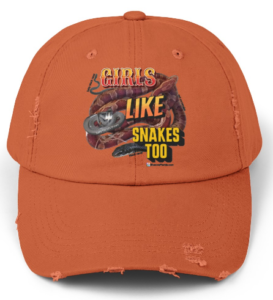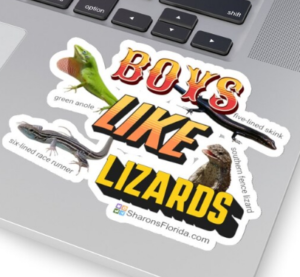Landscaping for Reptiles & Amphibians
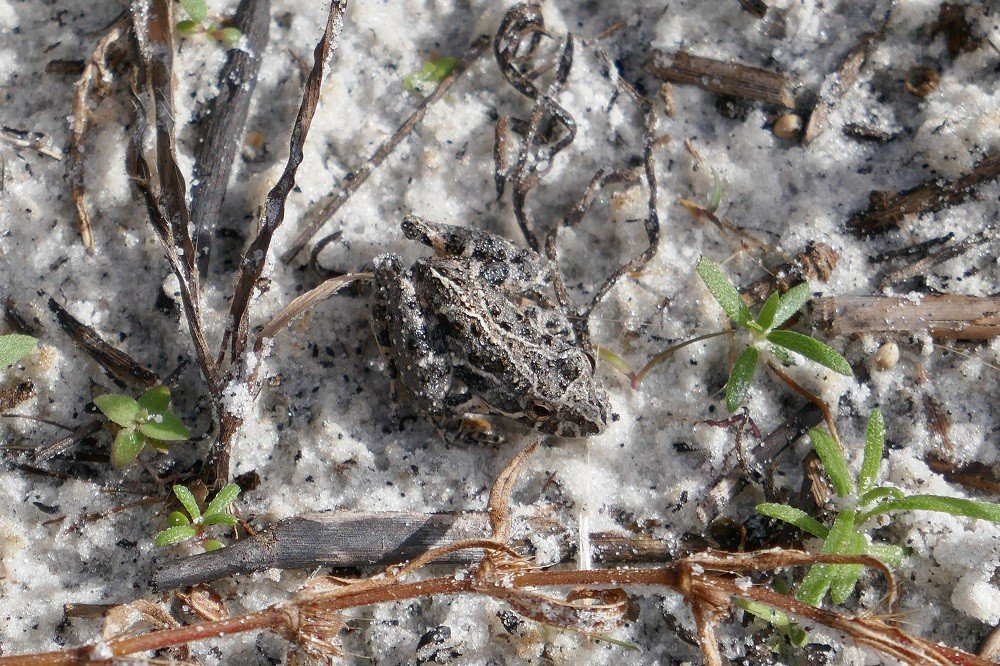
Reptiles and amphibians use plant material for shelter from the weather, as cover while foraging for food, and as a platform for territorial and courtship displays. A number of plants and other materials can be added to your landscape in order to provide these necessary elements. Many native plants can be used for dry or wet site locations, as well as full sun to part shade.

Frogs usually forage in the evening, but during the day they need to keep their skin moist and cool. To do this they hide in the foliage that surrounds their hunting grounds. So if they come out to get bugs around your porch lights at night they will most likely be hiding in the nearby vegetation during the day.
Green tree frogs, and squirrel tree frogs, (the bright green guys) love porch lights. Unlike toads they have grippy toe pads that allow them to hunt on vertical surfaces. So, at night they climb up and down the outside walls of homes, in and, around the porch lights hunting for moths and other flying insects attracted by the light.
Plants that have broad leaves, and a lot of leaf surface area, provide daytime resting sites for frogs in the home landscape. Actually, whatever plants are around the foundation of your home will do, but these are especially attractive to frogs.
Plants such as string lilies (Crinum americanum), southern blue flag (Iris virginica), and canna lilies (Canna flaccida), have long broad leaves that hold and retain moisture which makes perfect shelter for frogs that are looking for moist foliage to wait out the heat of the day.
Frogs also like to hide down inside the center of large flowers like azaleas (Rhododendron spp), lilies, or amaryllis.
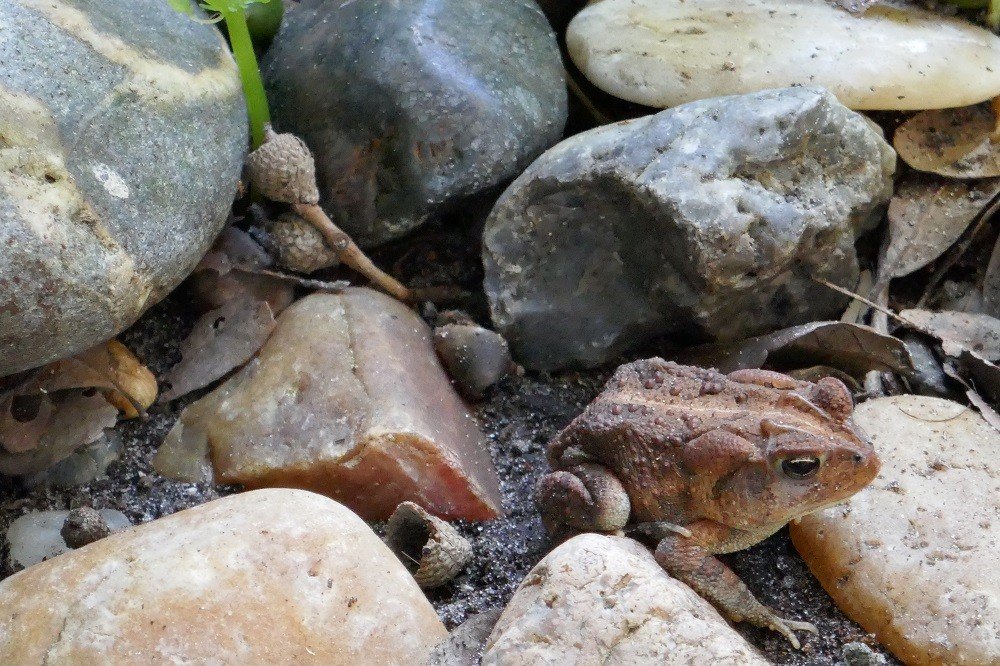
Toads are generally found in drier areas than frogs and don’t live in water. However, they do breed in temporary ponds, and other small bodies of water, so they are in the same habitat as tree frogs.
Toads can also be found near lights in the evenings searching for insects, but on the ground. They like to hang out around path lights or low landscape lighting.
During the day toads burrow into the soil, underneath leaf litter, to stay cool and moist. Leaf litter, loose soil, hollow logs, and low growing vegetation provide an excellent habitat for toads in the landscape.
Bunch grasses such as Eastern gamagrass (Tripsacum dactyloides) can provide areas of shelter for toads. Low growing plants and groundcovers are also ideal habitat for toads. Placing upside down flower pots, or pieces of bark, and logs in the garden will give them a place to hide as well. They don’t usually get inside closed things because they like to have an entrance and exit that they can access quickly.
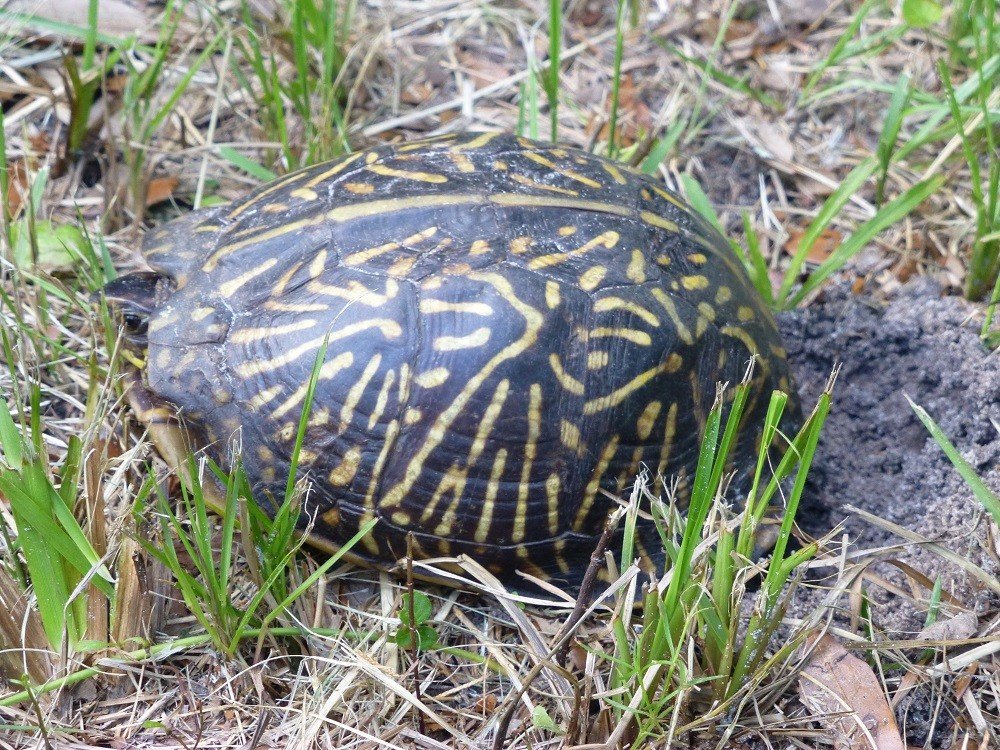
Fresh water turtles are aquatic and only venture out onto dry land occasionally, whereas land turtles only use water for drinking or soaking themselves.
Land turtles found in our area are the Florida box turtle and gulf coast box turtle. Box turtles feed on vegetation (berries, mosses & grass), fungi, and insects, and rest in shallow burrows in leaf litter.
Foraging and resting areas can be provided in your landscape by having abundant leaf litter, low growing vegetation and decaying wood for fungi growth.
Low growing plants that provide berries in the landscape are shiny blueberry (Vaccinium myrsinites), partridge berry (Mitchella repens), and wild coffee (Psychotria nervosa).
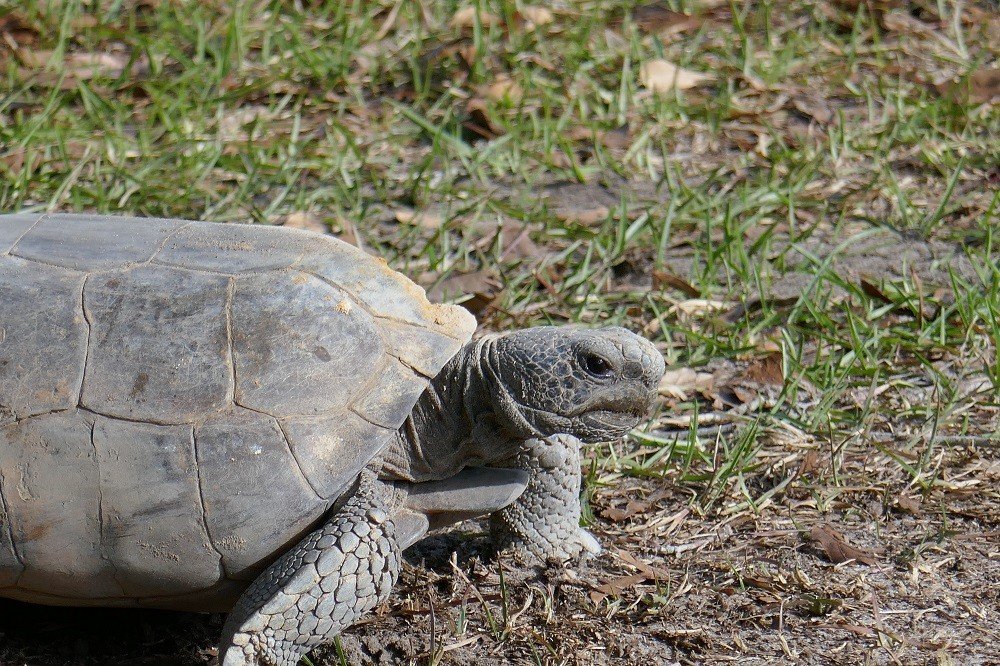
Gopher tortoise burrows can be found in shady or sunny areas and younger tortoises and male’s burrows can even be found in dense shade. However, females require sunny, sandy areas, in which to dig their burrows to lay their eggs.
Gopher tortoises eat low growing vegetation, grasses and berries much the same as turtles. They also eat the same berries as fresh water turtles however they seem to actually prefer bahia grass.
Read more about gopher tortoises here.
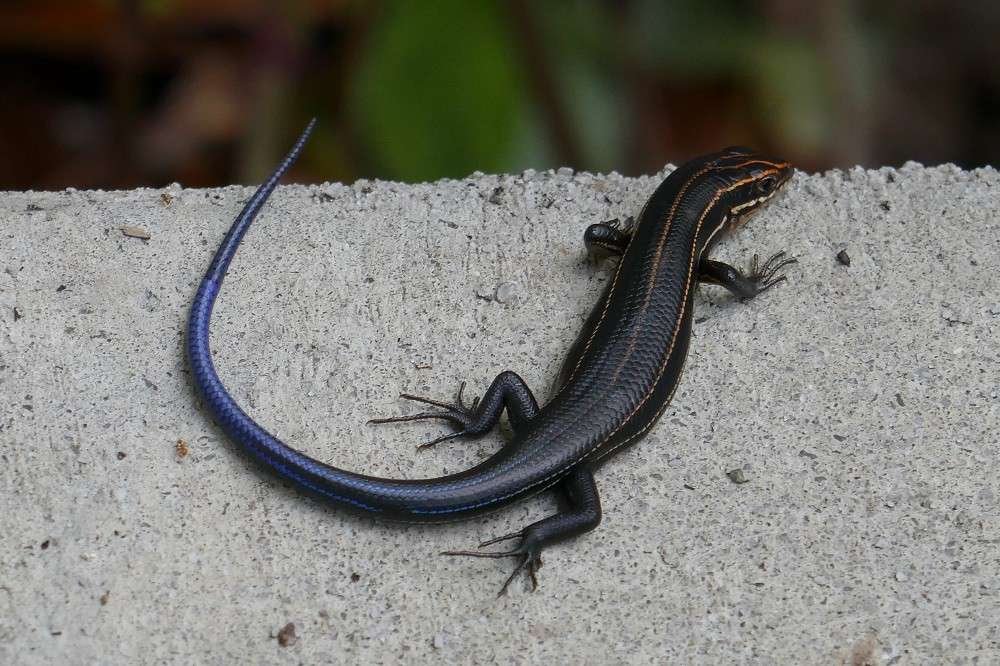
Lizards and skinks like to forage around plants that attract small pollinators such as bees or wasps. They are also very fond of ants. Wooden fences, driftwood, logs, and rocks, provide perches where lizards and skinks can warm themselves in the sun, forage for insects, defend their territories and attract mates.
Trees that provide shelter and foraging areas for lizards and skinks are summer haw (Crataegus flava), Carolina holly (Ilex ambigua), and fringe tree (Chionanthus virginicus). Shrubs that provide shelter and foraging areas are buttonbush (Cephalanthus occidentalis), saw palmetto (Serenoa repens), and wild coffee (Psychotria nervosa).
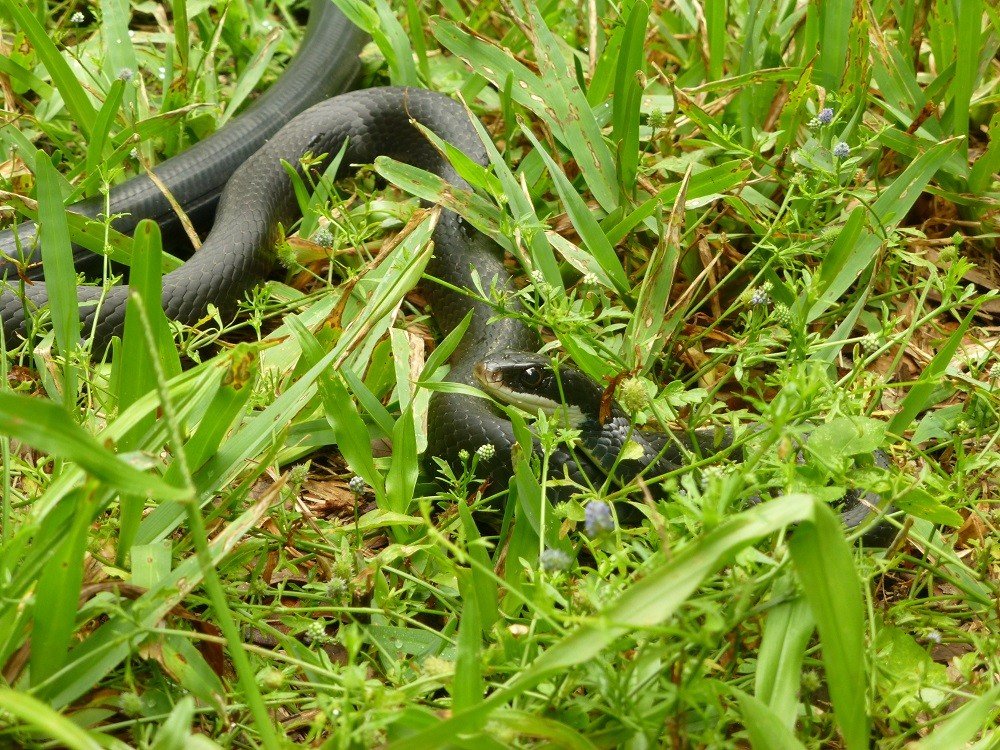
Snakes are an integral part of the Florida landscape. People either like them or they don’t. I happen to like them.
Things like decks, and sandy areas around the foundations of homes, are spots that snakes love to hang out in for food, shelter and places to lay their eggs. So parts of most Florida homes are already snake habitat.
Snakes can occasionally be seen out in open areas of sunlight warming up, but are most often found hiding underneath foliage or garden structures like flower pots, stepping stones, or decaying tree limbs.
Native bunch grasses, and low growing shrubs, provide areas for snakes to move about freely searching for food without being seen by predators.
Snakes like to lay their eggs underneath flat surfaces like pieces of plywood or sheet metal. I don’t have those things lying around my garden, but I do use recycled area rugs to set my potted plants on and have found those to be one of the black racers favorite egg laying sites. Check out my article Recycle Area Rugs in Your Garden.
If you enjoy landscaping for reptiles and amphibians, or wildlife in general, the most important thing to remember is not to use harsh chemicals, or poisons, in your garden because it will kill the wildlife and their food sources. Go organic and enjoy sharing the planet with the other creatures. You'd be surprised at what good company they make.
Native Plants to attract Reptiles & Amphibians

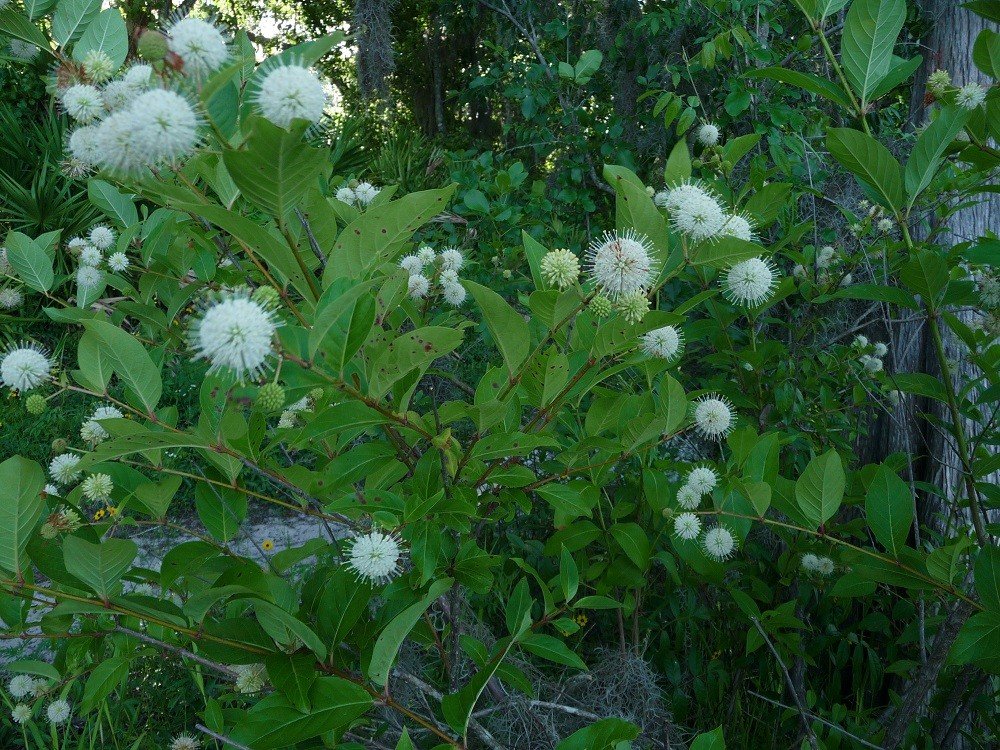
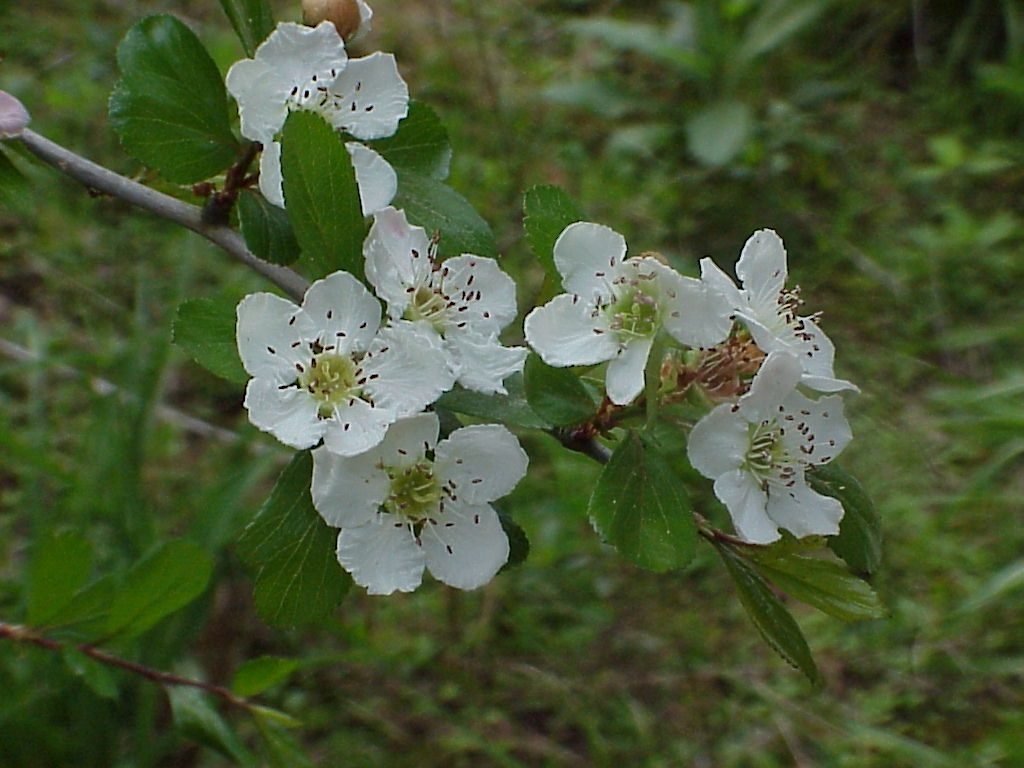
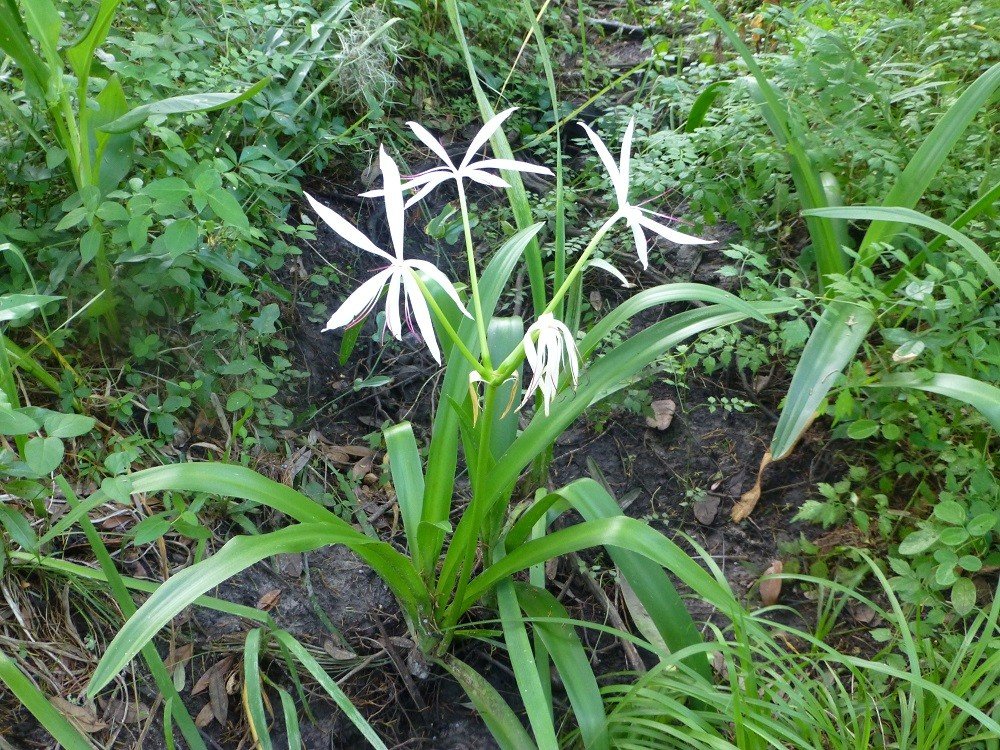
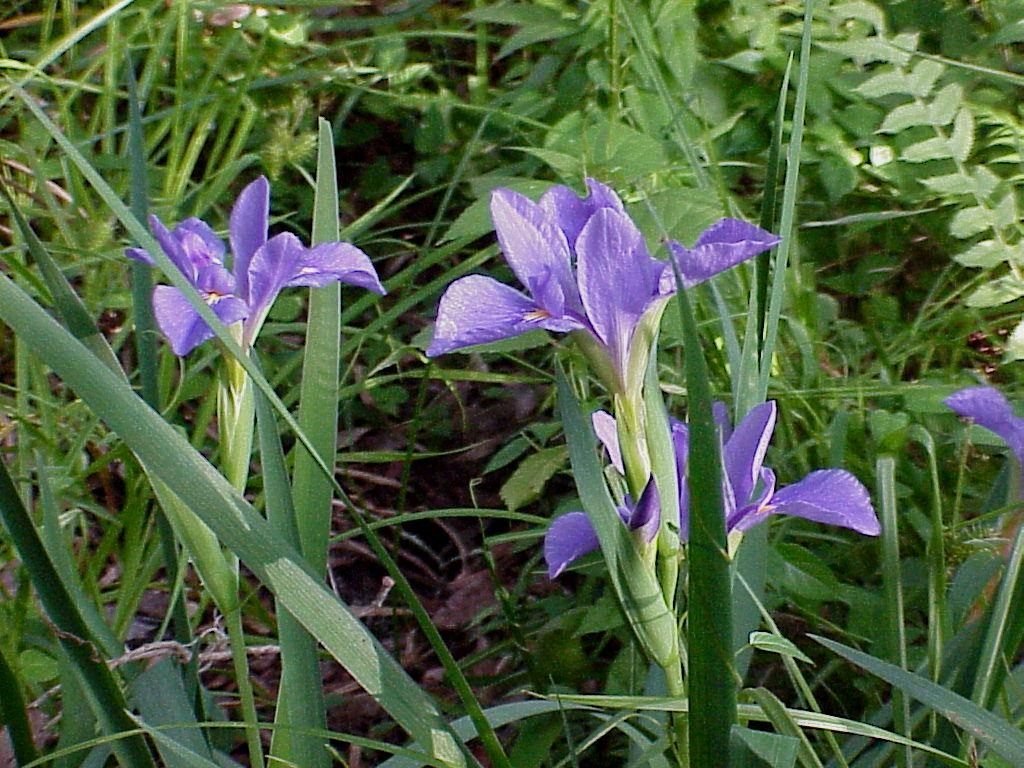
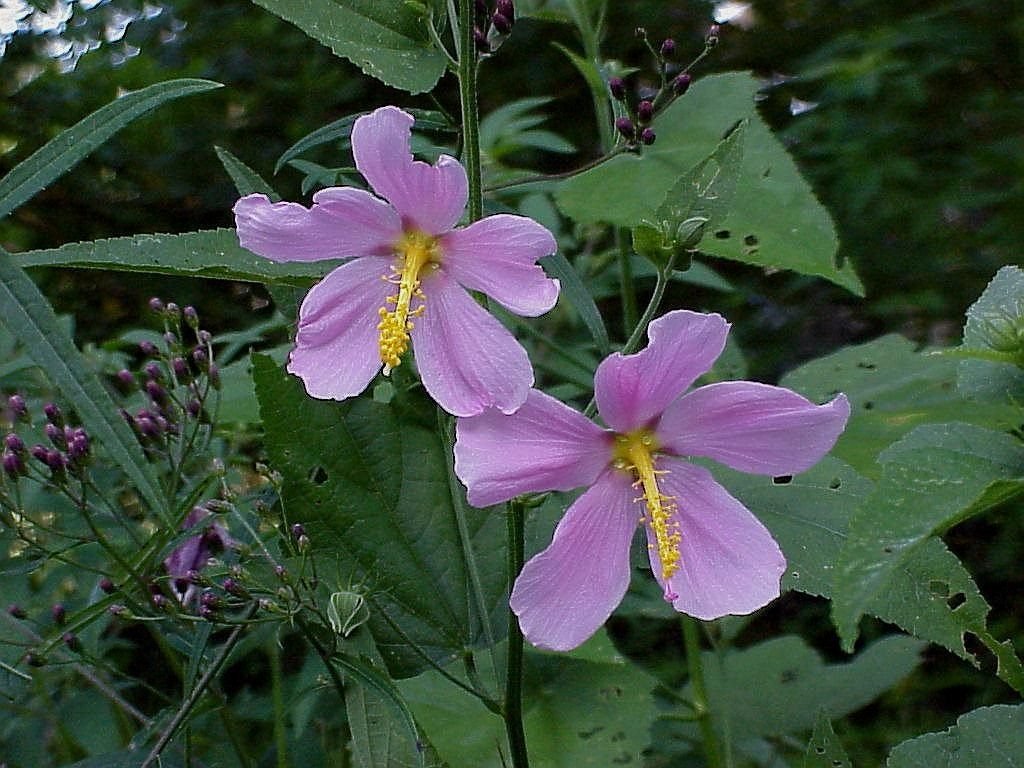
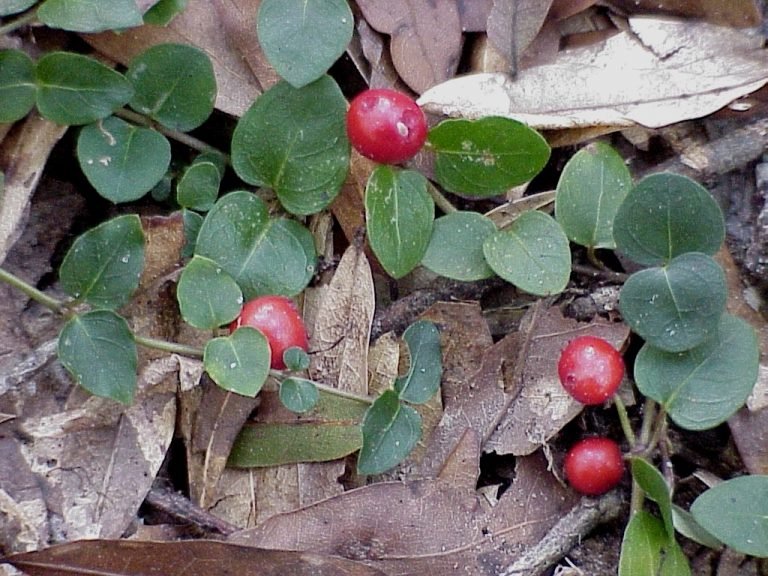
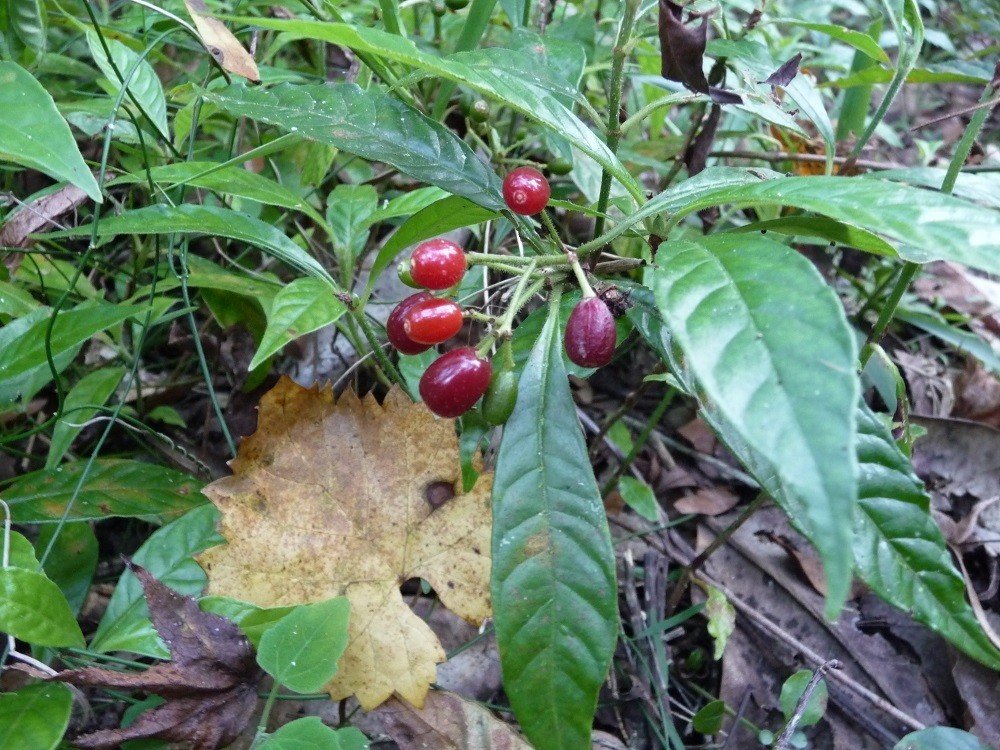
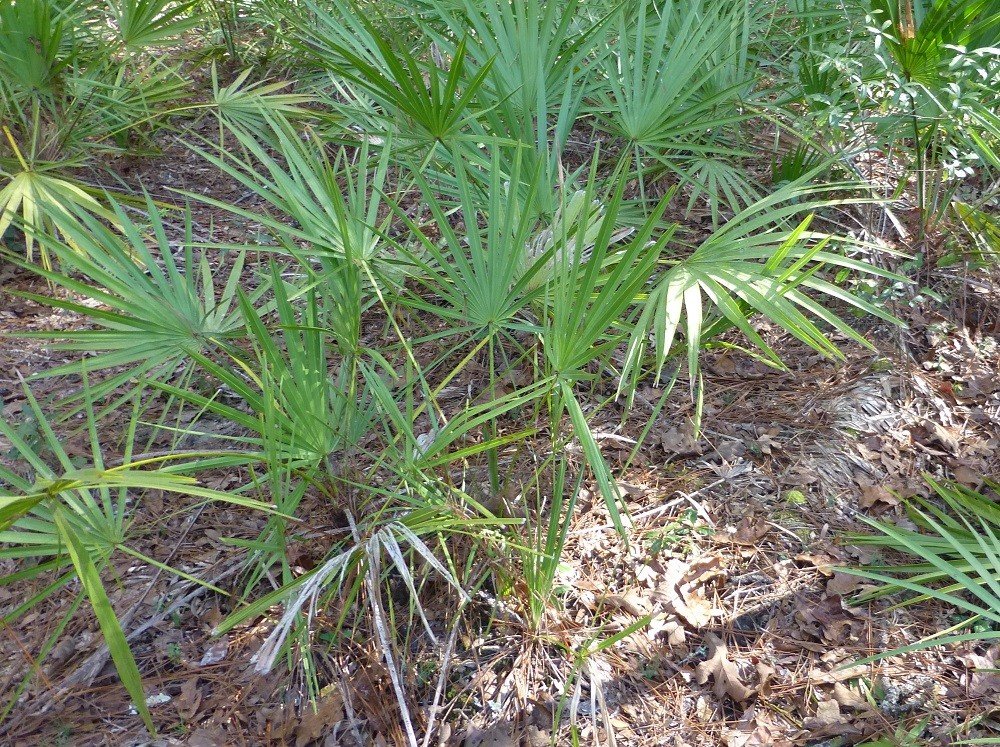
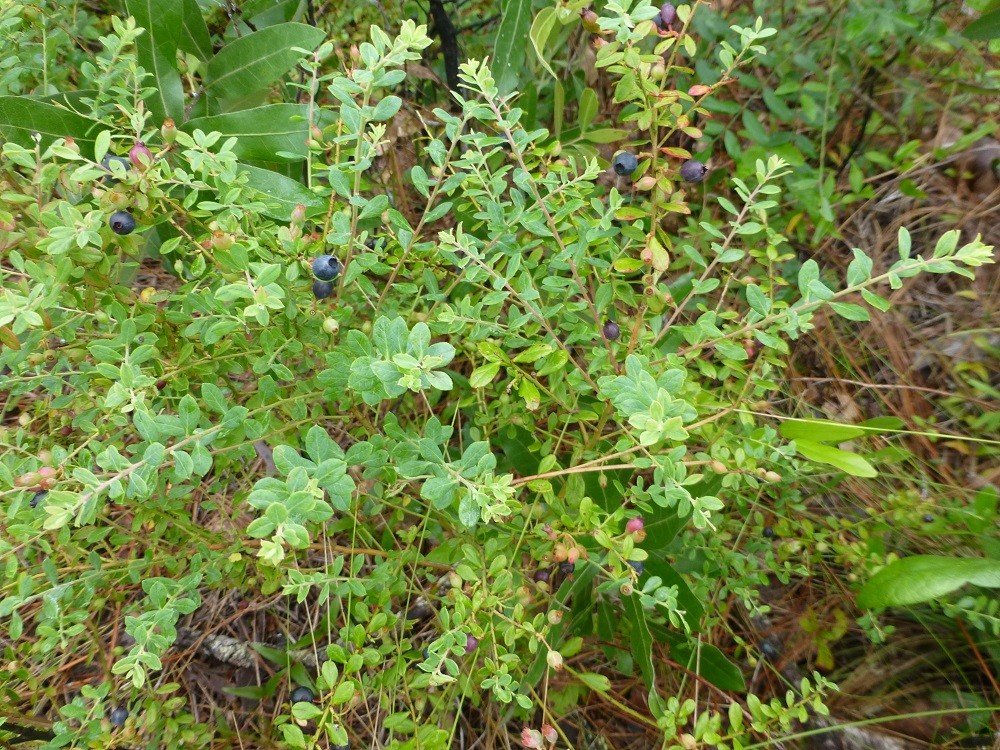
My Etsy Store Items
Next Article: Native Plants for the Birds

